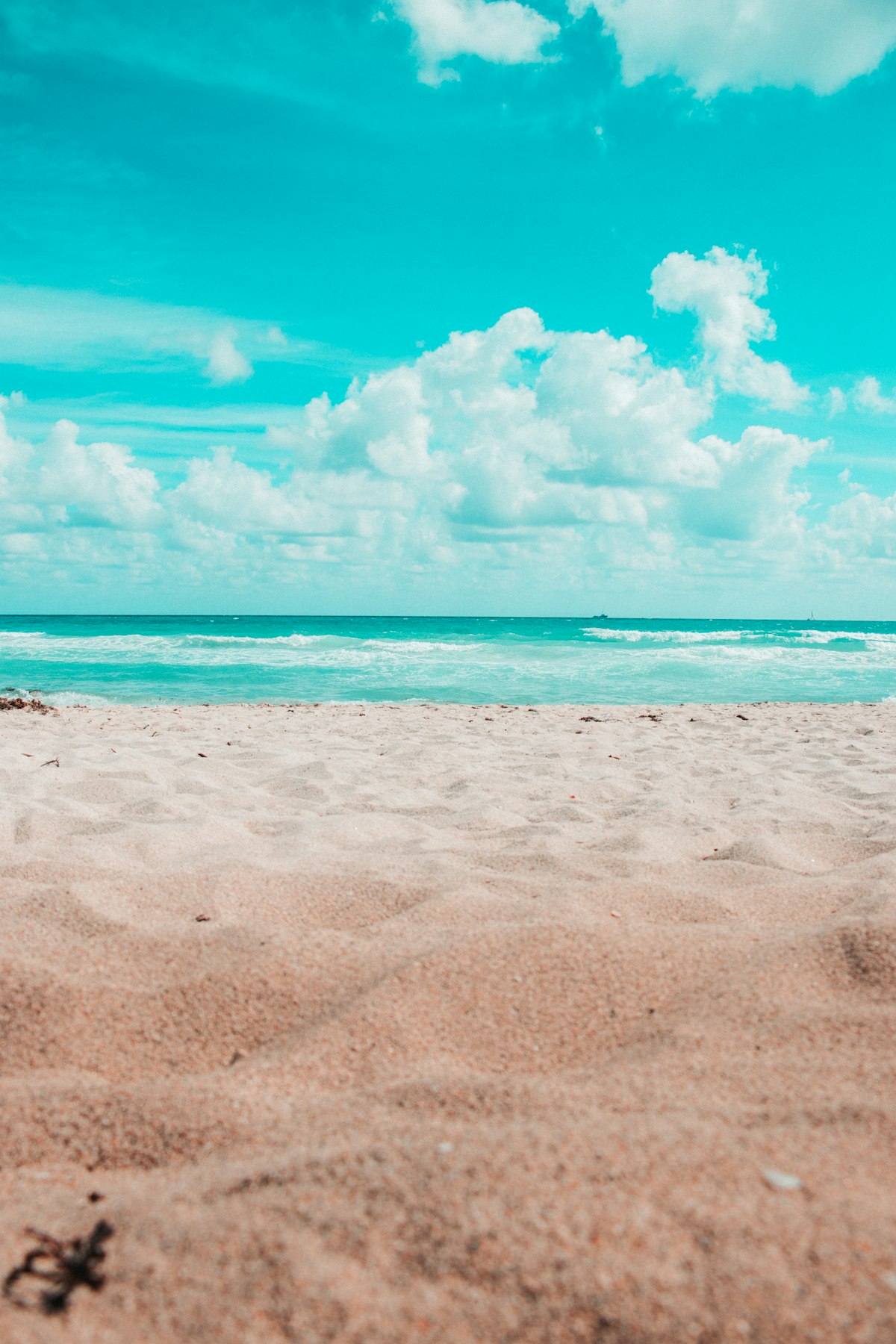Marine Sediments

Sediments are any loose material that can be carried by a liquid and eventually settles at the bottom of it. In the ocean, sediments are composed of inorganic and organic material.
Different sizes of sediment have different names, and they range from boulders to clay. Sediment particle diameters range from more than 256 mm to less than 0.004 mm.
| Types of Particle | Diameter |
|---|---|
| Boulder | 256 mm or more |
| Cobble | 64 – 256 mm |
| Pebble | 4 – 64 mm |
| Granule | 2 – 4 mm |
| Sand | 0.062 – 2 mm |
| Silt | 0.004 – 0.062 mm |
| Clay | 0.004 mm or smaller |
Marine sediment can also be classified by its origin, or where it came from. There are four types of origins for sediment: Terrigenous, Biogenous, Hydrogenous, and Cosmogenous.
Terrigenous sediments are the most abundant sediments in the ocean, covering around 55% of the ocean floor. They come from erosion. When a landmass erodes, wind and water transport sediments to the ocean, where it stays there. An example of terrigenous sediments is clay, which does not come from erosion but is ash from volcanoes that covers about 38% of the ocean floor's surface. Clay is the finest of terrigenous sediments and only accumulates about 2 mm per thousand years.
Biogenous sediment is the second most abundant sediment in the ocean. It covers around 45% of the ocean floor. It is formed when creatures die, the hard parts of their bodies sink to the bottom and collect in layers. Over time, these remains will turn into oil and natural gas.
Hydrogenous sediment covers less than 1% of the ocean floor. It forms when minerals dissolve in the ocean. These minerals come from submerged rocks, sediment, hydrothermal vents, and river runoffs.
Finally, cosmogenous sediments come from interplanetary dust that mostly dissolves in the ocean or burns up in the atmosphere instead of reaching the bottom of the ocean. On the rare occasions that asteroids strike the earth, microtektites are formed, which are small pieces of glass that fly into the ocean. Again, cosmogenous sediments cover less than 1% of the ocean floor.




